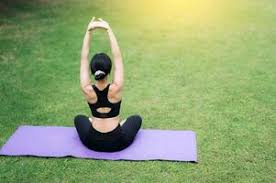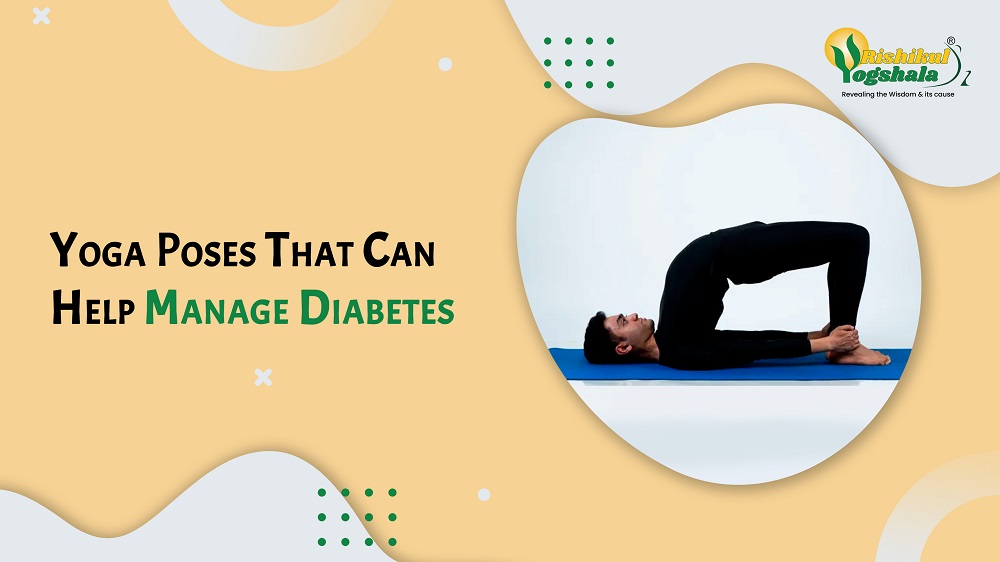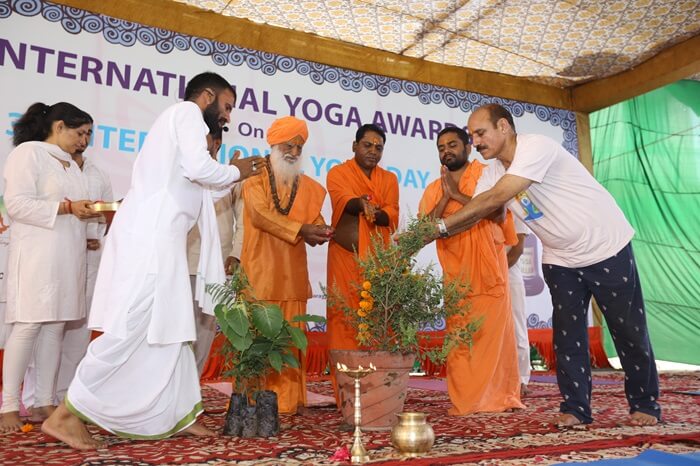Managing Diabetes with Yoga: Embrace Wellness

Living with diabetes can be challenging and stressful, leading to a range of unhealthy emotions such as anger, frustration, hopelessness, isolation, and fear. Many individuals experience anxiety about injections and medical tests and worry about the long-term effects of diabetes on their health. The question “Why me?” is common among those newly diagnosed. Adjusting to life with diabetes can be tough, but incorporating yoga into your routine can offer significant benefits.
Understanding Diabetes and Yoga
Diabetes is a multifaceted condition that extends beyond just high blood sugar levels. Factors such as insulin resistance, overeating, obesity, physical inactivity, and family history contribute to its development. Additionally, modern lifestyles and constant stress further exacerbate the problem. Integrating yoga practices—including asanas, pranayama, and meditation—into your daily routine can help manage it effectively. Daily walks can also be beneficial.
Regular practice of yoga asanas can help lower blood sugar levels, reduce high blood pressure, control weight, slow the progression of diabetes, and lessen the severity of complications. Stress, a significant factor in many lifestyle-related issues, increases the hormone glucagon, which in turn raises blood sugar levels. Committing to pranayama and meditation can mitigate stress, reduce glucagon production, and improve insulin action. Yoga can also help the body respond better to insulin, especially for older diabetic patients who may have less physical activity.
Top 5 Yoga Poses for Diabetes Management
Here are five yoga asanas for diabetes that can help manage diabetes effectively:
1. Bridge Pose (Setu Bandhasana):

- Lie on your back with bent knees and feet hip-width apart.
- Rest your arms by your side with palms facing down.
- Press your feet and palms into the floor, exhale, and lift your hips.
- Roll your shoulders back and raise your chest and hips as high as possible.
- Clasp your hands underneath your pelvic bone and keep your thighs and feet parallel to the floor.
- Hold the pose for 60 seconds.
2. Child Pose (Balasana):

- Kneel on the floor with knees spread wider than your hips.
- Rest your hips on your heels, then bow forward and drape your torso between your thighs.
- Rest your chest and head on your thighs and forehead on the floor.
- Extend your arms with palms near your hips.
- Close your eyes and hold for one minute.
Also Read – Balasana (Child Pose) – Top 10 Incredible Health Benefits
3. Thunderbolt Pose (Vajrasana):

- Kneel on the floor and sit back so your spine is straight and your hips rest on your heels.
- Place your hands on your knees, close your eyes, take deep breaths, and hold the pose for as long as comfortable.
- For added support, place a folded towel or bolster between your thighs and calves.
Read More – Vajrasana – Top 10 Thundering Health Benefits
4. Shoulder Stand Pose (Sarvangasana):

- Lie on your back with your arms by your side.
- Inhale, bend your knees and bring your legs towards your chest.
- Lift your hips and extend your legs towards the sky.
- Support your back with your hands, straighten your knees, and bring your chest closer to your chin.
- Hold the pose for 10-15 seconds.
5. Bow Pose (Dhanurasana):

- Lie on your stomach with arms at your side.
- Bend your knees and raise your legs towards your posterior.
- Grab your heels with your hands and lift your thighs off the mat.
- Raise your chest and head, keeping your gaze forward.
- Retain the pose for 15-30 seconds.
Also Read – Top 10 health benefits of Dhanurasana (Bow Pose)
Conclusion
Practicing yoga for diabetes can help regulate blood sugar levels, enhance insulin sensitivity, and improve overall well-being. Managing diabetes involves a holistic approach that includes good nutrition, regular physical activity, and a consistent yoga practice. Yoga offers a comprehensive way to control blood sugar levels, reduce stress, and improve overall well-being. To explore the benefits of yoga further and receive expert guidance, consider enrolling in a Yoga Teacher Training in India or one of the advanced programs such as the 300-hour or 500-hour courses. Additionally, if you’re interested in combining yoga with Ayurveda, our Ayurveda Retreat in India and Yoga Retreat in India offer tailored programs to support your journey towards better health.
Explore more about how yoga can transform your life by visiting Rishikul Yogshala.















